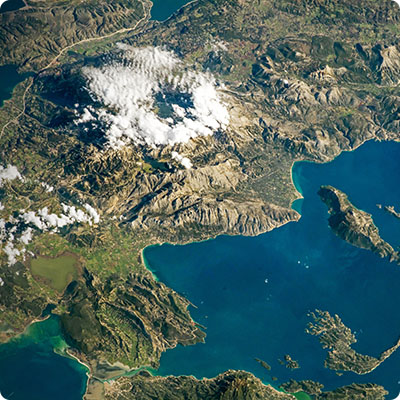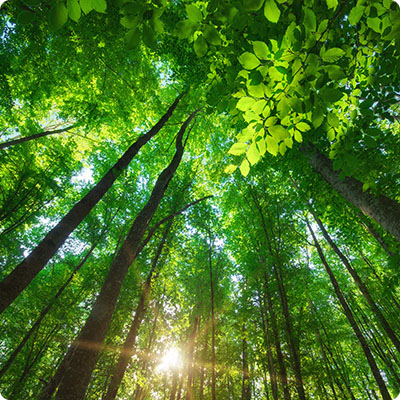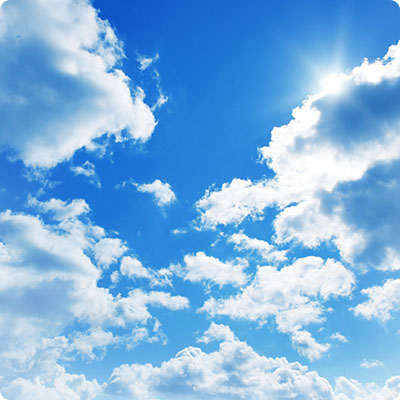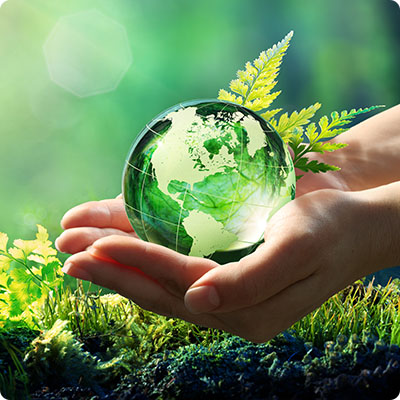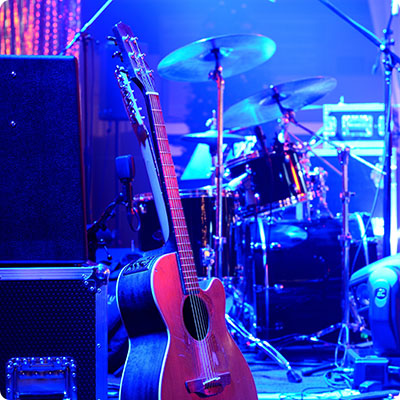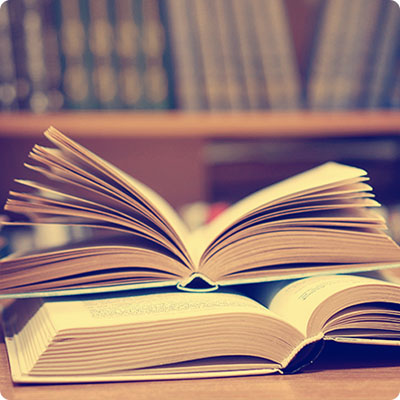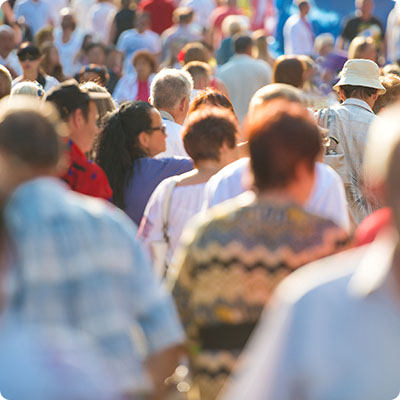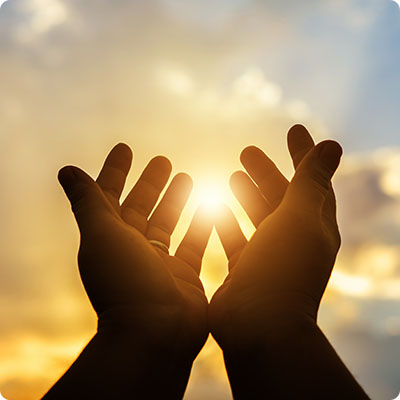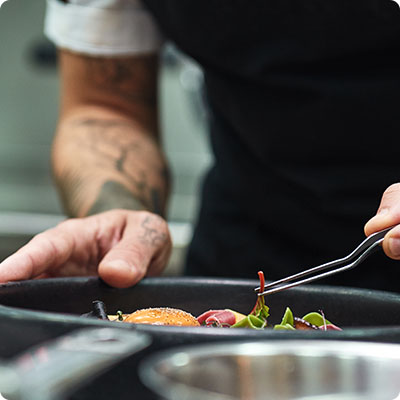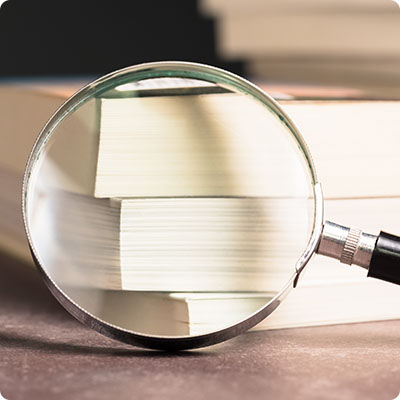Rattan and bamboo items
The Dayaks, and more particularly the Ibans, Kayans, Penans and Kenyahs, have developed exceptional skills in hand-woven baskets from rattan, bamboo, palm leaves or pandan. Rattan and bamboo are materials that can be used to make baskets that are strong, flexible and watertight, qualities that are indispensable for their use in the rainforest. These tribes use baskets of various sizes in their daily lives to carry goods, harvest crops, store goods or decorate longhouses. These baskets are often embellished with tribal motifs. Tribal women weave the intricately patterned carpets that form the centerpiece of a longhouse, where the family gathers, eats and shares communal interactions. They also weave tapestries(Iban pua kumbu) depicting plants, stylized animals and mythical symbols. The tribe's daughters help their mothers harvest and process rattan and bamboo leaves. The men are not to be outdone, making "fishing nets" and other utensils needed for hunting.
Bark fiber products
In the past, the island's indigenous populations, who were ignorant of the art of weaving, or who didn't have the means to buy textiles from merchants, made their fabrics from the bark fiber of the Tekalong tree (Artocarpus elasticus). This tree, a member of the mulberry family, can reach 45 meters in height. Today, this rainforest textile is used to make straps for baskets used to transport goods. The Lun Bawang ethnic group, found on the eastern side of the island in Sarawak, Brunei, Sabah and Kalimantan, still use this fiber to weave colorful garments and cowboy hats.
Textiles
Among the Iban ethnic groups, women produce a unique textile called ikat. This artisan skill, perfected by generations of women, involves knotting the threads of the textile to create patterns, before dipping them in a dye bath. As the threads are laid out on the loom, the intricate patterns begin to appear. Patterns specific to each community are passed down from mother to daughter. Silk, which was discovered only a few decades ago by Iban weavers, enhances the colors and quality of the textiles. Smaller ikats are produced specifically for the tourist market.
Songket is a gold brocade textile traditionally produced for the royal courts. This technique dates back to the ancient sultanates of Borneo: Brunei and Sambas. Today, songket weavers only work to order, mainly to provide the precious fabric for special ceremonies, such as the wedding of a wealthy family. Some pieces are available for sale in luxury boutiques.
Batiks
Batiks are fabrics with unique printing techniques from Java (Indonesia). This technique is also part of the culture of Borneo and Malaysia. Worn like a sarong, it expresses the wearer's identity.
In Kalimantan, the Indonesian part of the island, specific patterns are used in each province. In Central Kalimantan, batik combines Javanese printing techniques with Dayak motifs: this is spotted thread batik, worn by Dayaks at various cultural festivals. In East Kalimantan, batiks come in shades of orange, red and green, with motifs inspired by nature. In North Kalimantan, batiks illustrate the Dayak philosophy with animal and plant motifs. The Banjar ethnic group in South Kalimantan uses batik as a means of healing for the wearer, a color being attributed to a physical or spiritual problem. Finally, the batik of West Kalimantan, called tidayu, represents the province's cultural diversity, with its mix of Dayak, Malay and Chinese. In Borneo, the Malaysian states of Sarawak and Sabah offer batiks inspired by Dayak culture. In Kuala Lumpur, you'll also find batiks with more classical motifs. In stores in Borneo and Kuala Lumpur, you can buy batiks ready to wear or by the meter, should you wish to use this superb fabric as a decorative or other element.
Wooden sculptures
Woodcarving is a skill mastered by the Dayaks. Dayak statues carved in ironwood or belian wood are highly sought-after by collectors and can fetch astronomical sums. Various Borneo communities excel in this tribal art, and some pieces can date back several centuries, as the wood used endures the test of time. Hampatong statuettes from Kalimantan are particularly prized. The Keniah and Kayan communities carved huge wooden funerary columns(kelirieng), up to 10 m high, inside which the remains of their chieftain were placed. These keliriengs, carved from belian wood, withstand the humid tropical climate. Keliriengs over 300 years old have been found in Sarawak and are now on display at the Sarawak State Museum in Kuching. In addition to the often priceless tutelary statuettes, it is also possible to find small objects such as jewelry, kris ceremonial knives decorated with mythical figures, shields, musical instruments, masks, amulets, talismans..
Where to buy your souvenirs?
At any market, of course, as at the Handicraft Market in Kota Kinabalu, but beware of the authenticity of certain items. If you're visiting or staying in a longhouse, the Dayak community there usually has a range of locally-made items for sale. Museums also offer collectibles and souvenirs for sale. Last but not least, you can also find them in art and souvenir stores in major cities, such as Unika Borneo and Tanoti in Kuching or Kadaiku in Kota Kinabalu.
Smart tip
You can haggle over prices in the markets (but not in the stores), so don't deprive yourself - it's part of the folklore! Give preference to local artisans and producers when making your purchases, as not only are prices often more attractive, but you'll also be helping to provide an income for the local population. What's more, you'll have a more interesting and constructive exchange with the seller than you would in a store. If you're tempted by an item, don't hesitate to pick it up right away, as you won't likely find the same piece again during your stay!
